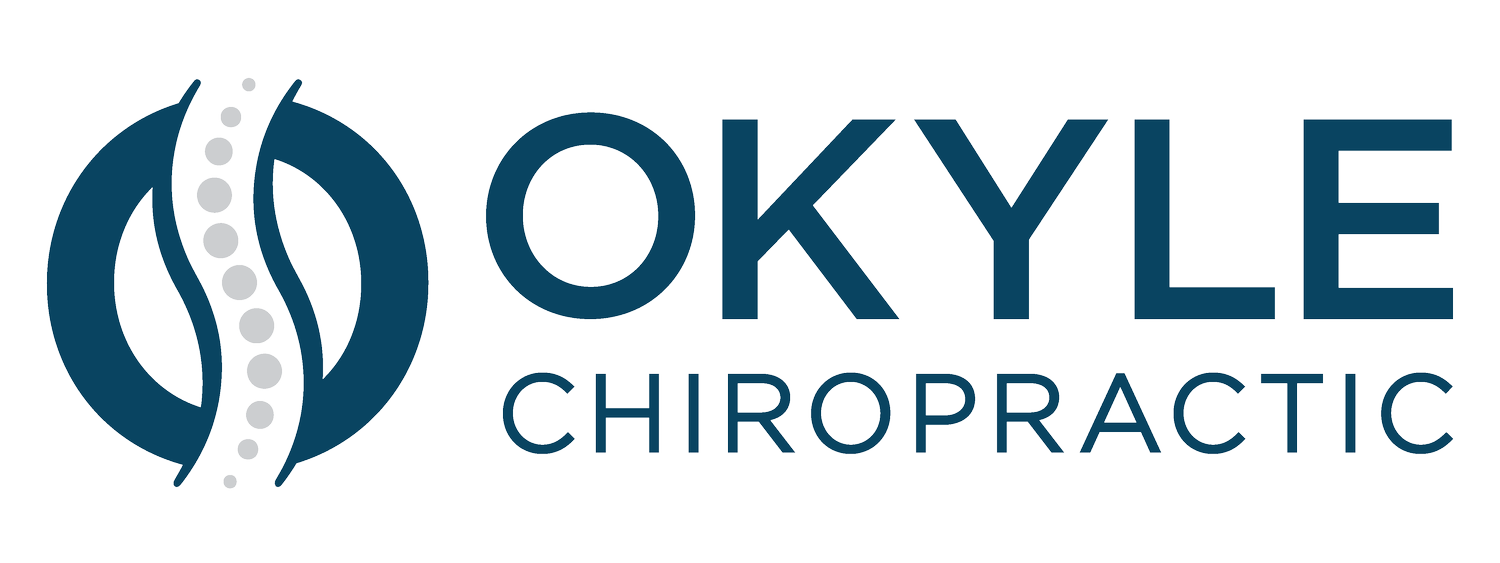HOW CHIROPRACTIC CAN AFFECT YOUR GOLF GAME
Whether you’re a weekend warrior or chasing a lower handicap, one thing’s for sure: golf demands more from your body than most people realize. And if your body isn’t moving the way it’s supposed to, your swing (and your scorecard) will suffer.
The good news? Chiropractic care can help you play longer, swing smoother, and recover faster — all while reducing your risk of injury.
Why Your Spine and Swing Are More Connected Than You Think
Golf is a highly repetitive, full-body rotational sport. Your spine, hips, shoulders, and core all need to work in harmony to generate power, maintain balance, and avoid strain.
The golf swing requires:
Thoracic spine mobility (mid-back rotation)
Hip and pelvic stability
Core strength and spinal control
Proper sequencing of motion from ground up
Even a small restriction in spinal movement or muscular imbalance can throw off your mechanics, sap your power, or put strain on vulnerable areas like the low back, shoulders, and elbows.
Common Golf-Related Injuries
Low back pain from over-rotation or poor posture
Neck stiffness from improper swing mechanics or weak spinal mobility
Shoulder impingement from improper scapular control during the backswing
Golfer’s elbow (medial epicondylitis) from repetitive stress
Wrist and hand pain from grip issues or impact stress
These injuries are often caused not by trauma, but by poor biomechanics, joint restrictions, and overuse — all of which chiropractic care is uniquely suited to address.
How Chiropractic Improves Your Golf Game
1. Spinal Adjustments
By restoring proper alignment and joint mobility — especially in the cervical, thoracic, and lumbar spine — we improve your ability to rotate freely and transfer power efficiently through your swing. A more mobile spine means a smoother swing and less compensation through the hips or shoulders.
2. Soft Tissue Therapy
Golf can create tightness in the hips, shoulders, traps, and forearms. We use hands-on therapy to release tension, reduce inflammation, and improve flexibility. Addressing these areas helps prevent swing faults and reduces injury risk.
3. Instrument-Assisted Soft Tissue Manipulation (IASTM)
This technique targets scar tissue and fascial adhesions, especially helpful for long-standing mobility issues or previous injuries. It’s particularly effective for the forearms, rotator cuff, and low back — common problem areas for golfers.
4. Movement Screening & Corrective Exercises
Posture, range of motion, and muscle activation patterns are assessed to identify swing-limiting restrictions or asymmetries. Targeted exercises may be prescribed to stabilize your core, activate your glutes, and improve swing mechanics.
The Chiropractic Advantage for Golfers
When your joints move the way they’re designed to, and your muscles fire in the right sequence, your swing becomes more consistent, powerful, and pain-free. Many golf patients report the following after proper treatment regimens:
Increased drive distance
Better rotational control
Reduced soreness after a round
Improved focus and endurance
Fewer flare-ups of chronic issues
And best of all — they enjoy the game more.
Golf is a game of precision — and your body is the most important piece of equipment you own. If you’re struggling with stiffness, pain, or a plateau in your performance, chiropractic care might be the missing link.
Any questions? Feel free to reach out to our office via phone or text: (310) 880-9663. Happy healing!
Disclaimer: The information provided on this chiropractic blog is for general informational purposes only and is not intended as a substitute for professional medical advice, diagnosis, or treatment. Always seek the advice of your physician or another qualified health provider with any questions you may have regarding a medical condition. Never disregard professional medical advice or delay in seeking it because of something you have read on this blog. If you think you may have a medical emergency, call your doctor or 911 immediately. Reliance on any information provided by this blog is solely at your own risk.
